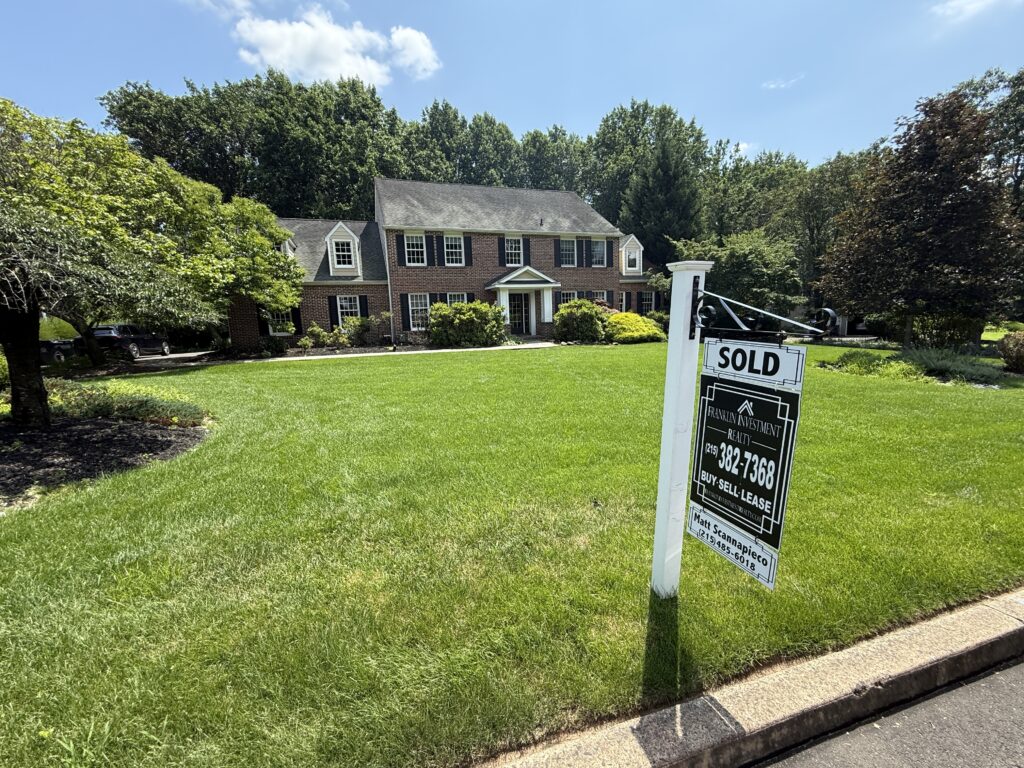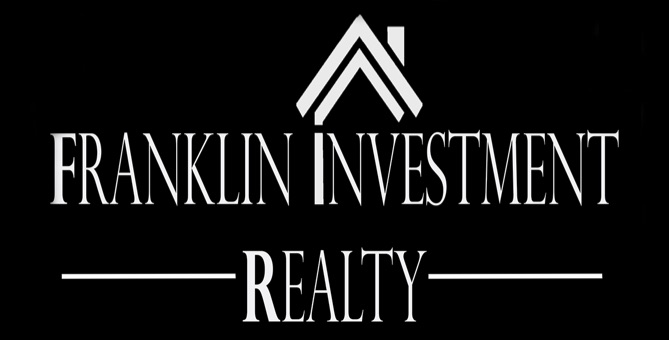
When you’ve already moved out but the house still hasn’t sold, it can feel like you’re dragging an anchor behind you. Every day it sits, it costs you. You’re not there to manage it, and yet it still manages to consume time, energy, and money. The good news? You’re not powerless. There are very real, very tactical ways to keep momentum, protect your margins, and attract serious buyers — even from a distance. Let’s break it down by what really matters: visibility, cost containment, and fast-close readiness. Because in this kind of situation, strategy isn’t optional — it’s oxygen.
Price It Like You Mean Business
One of the biggest mistakes sellers make after moving out is trying to “hold the line” on price without accounting for what a vacant house signals to buyers. Smart pricing is how you control the tempo from the start, especially once you understand how vacant homes underperform trends. Here’s the brutal truth: empty homes almost always sell for less. The average discount? Roughly $11,000. And they sit longer, too — increasing your holding costs with every passing week. Knowing this, pricing becomes a weapon, not a wound. Study your local comps, yes. But then cut just slightly beneath — and position it as a buyer win, not a seller fire sale.
Offer Buyers One Less Thing to Worry About
When you’re not around to reassure nervous buyers, your listing has to do that for you. One subtle but strategic move: offer a home warranty. Not to brag, not to upsell — but to reduce buyer flinch. A home warranty signals you’re confident in your home’s condition and willing to help them navigate post-close surprises; this is a good resource when you’re ready to consider it. Especially in a market where “as-is” can trigger fear, this added layer builds trust. It’s a smart move if you’ve already moved, too — because coverage for unexpected system breakdowns helps you close faster without getting dragged back into repair negotiations from a different ZIP code.
Make Distance Feel Close
You’re not there. That doesn’t mean you’re absent. The moment a buyer steps into your listing, they should feel like someone’s already thought five steps ahead. This is where technology and local vendors do the heavy lifting. Schedule a weekly walkthrough with a trusted local agent or property manager. Install remote lock systems for easy showing coordination. Layer on digital touchpoints: 3D walkthroughs, video tours, live Q&As. That hybrid approach — remote presence + on-site touch — creates confidence.
Stage Like Someone Still Lives There
Empty rooms echo. And buyers don’t visualize well — they project fears into blank space. You want them projecting aspirations instead. That’s where virtual staging or minimalist in‑person staging becomes a small investment with big payoff. But don’t default to magazine-perfect setups. Think “aspirational enough to inspire, neutral enough not to distract.” Even on a shoestring, there are budget-friendly staging hacks that make cold rooms feel livable. Pay special attention to lighting, focal points, and space cues. Because you’re not just filling space — you’re filling doubt.
Cut Holding Costs Like It’s Your Job (Because It Is)
The longer your home sits, the more it bleeds you: taxes, insurance, utilities, lawn care, maintenance — all without producing value. Attack those costs before they compound. Downshift utility plans to “vacant-safe” modes. Cancel anything that’s not mandatory for showings or safety. Rent out appliances or furniture if they’re sitting idle. And if the home is paid off? Look into short-term insurance tweaks that reflect its vacant status. All of this adds up — because the hidden expenses of vacant homes don’t go away just because you’re not living there.
Don’t Play Fast and Loose With “As-Is”
“As-is” sounds convenient — until it scares buyers away or drags you into disclosure gray zones. If your house has quirks, defects, or deferred maintenance, deal with them directly or price accordingly. A better approach than throwing “as-is” into your listing? Use your agent to narrate around it. They can help frame the trade-off: lower price, flexible closing, peace of mind. But even then, be careful. Vacant homes already raise flags. Stack “as-is” on top, and you could amplify buyer mistrust. If you do go that route, understand the risks of as-is vacant listings before you invite legal headaches you’ll be forced to handle from afar.
Declutter Even the Cleanest House
Here’s the secret no one tells you: “empty” doesn’t mean decluttered. Closets still hold energy. Cabinets, crawl spaces, garages — they tell stories. And sometimes, those stories turn buyers off. Make sure everything that’s left behind is intentional, minimal, and clean. A few brooms in a corner feel like neglect. A single tool neatly placed? Feels like maintenance-ready. Decluttering isn’t just visual — it’s psychological. You want buyers to feel clear-headed, not like they’re entering a half-done goodbye. Even the pros will tell you: clutter ruins first impressions. Don’t leave ghosts in the closets.
Selling a house after you’ve already left it behind doesn’t mean losing control. But it does mean getting surgical with your strategy. Every day you delay? Money. Every doubt a buyer has? Opportunity lost. So tighten your systems, front-load your buyer trust moves, and treat each week like a sprint toward final signature. Vacant homes don’t have to feel abandoned. They can feel like clean slates.
Explore the exceptional real estate opportunities with Franklin Investment Realty and let our 30 years of expertise guide you to your dream home or investment property in the Greater Philadelphia area.
– Jason Kenner
